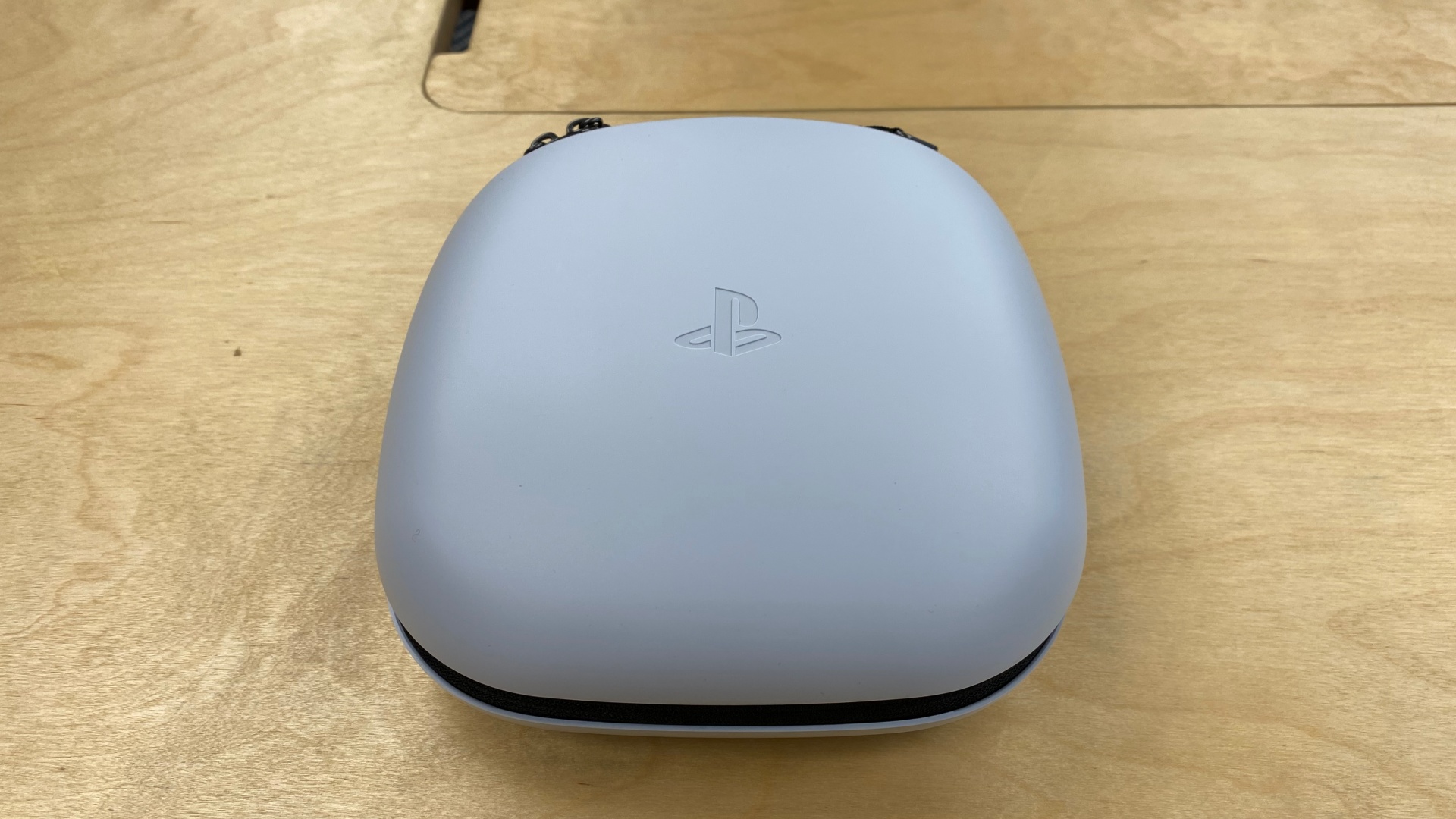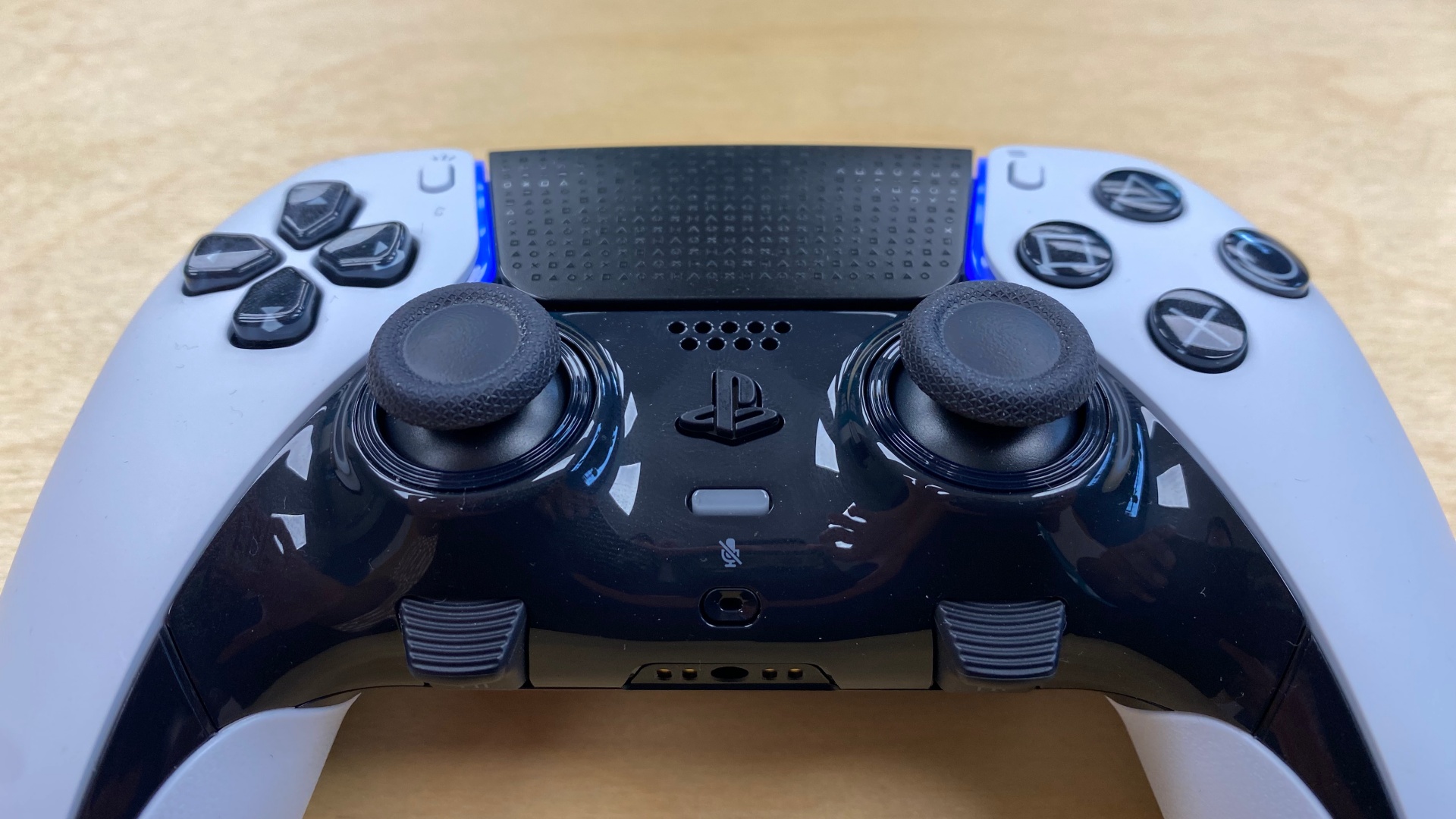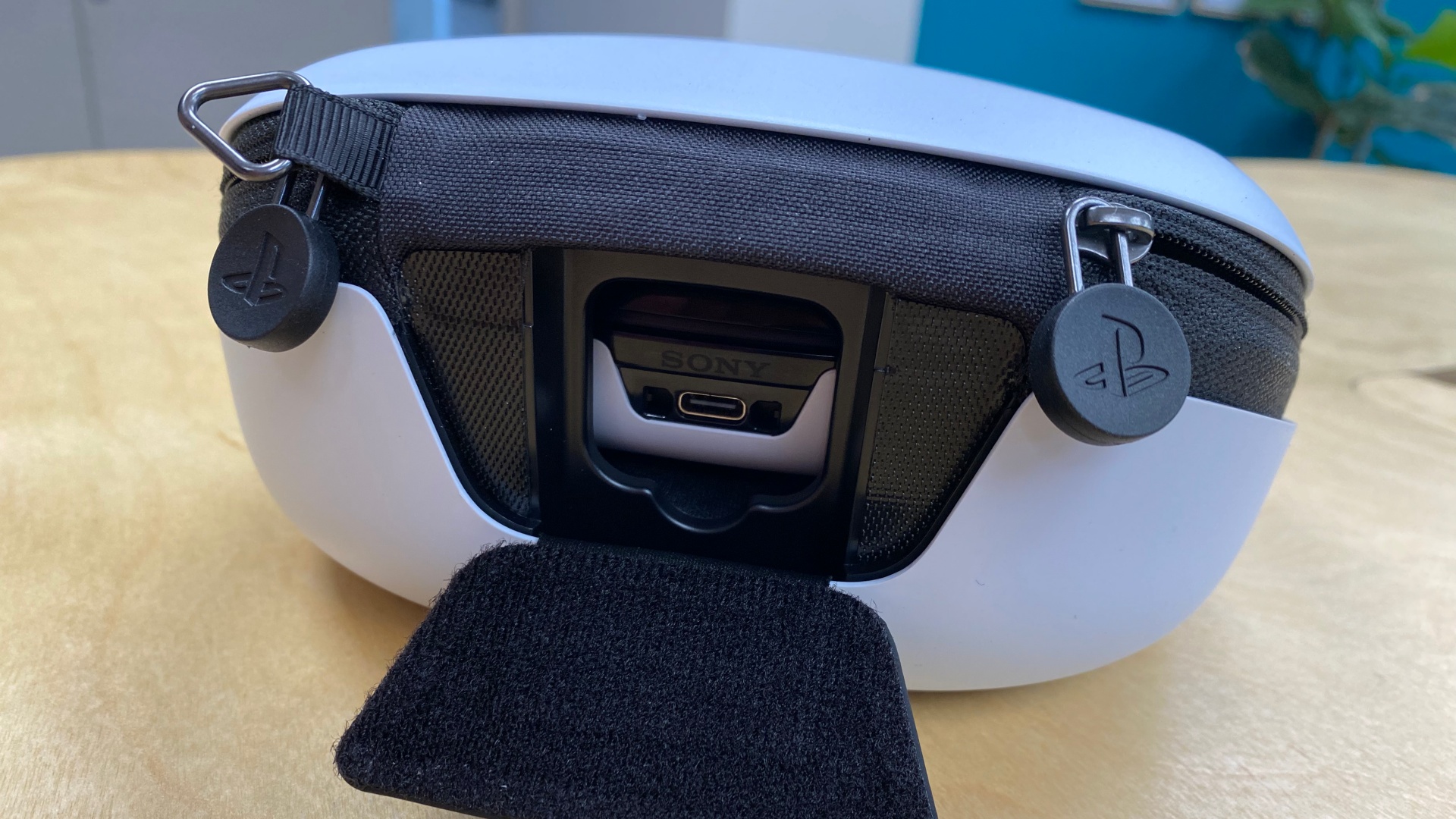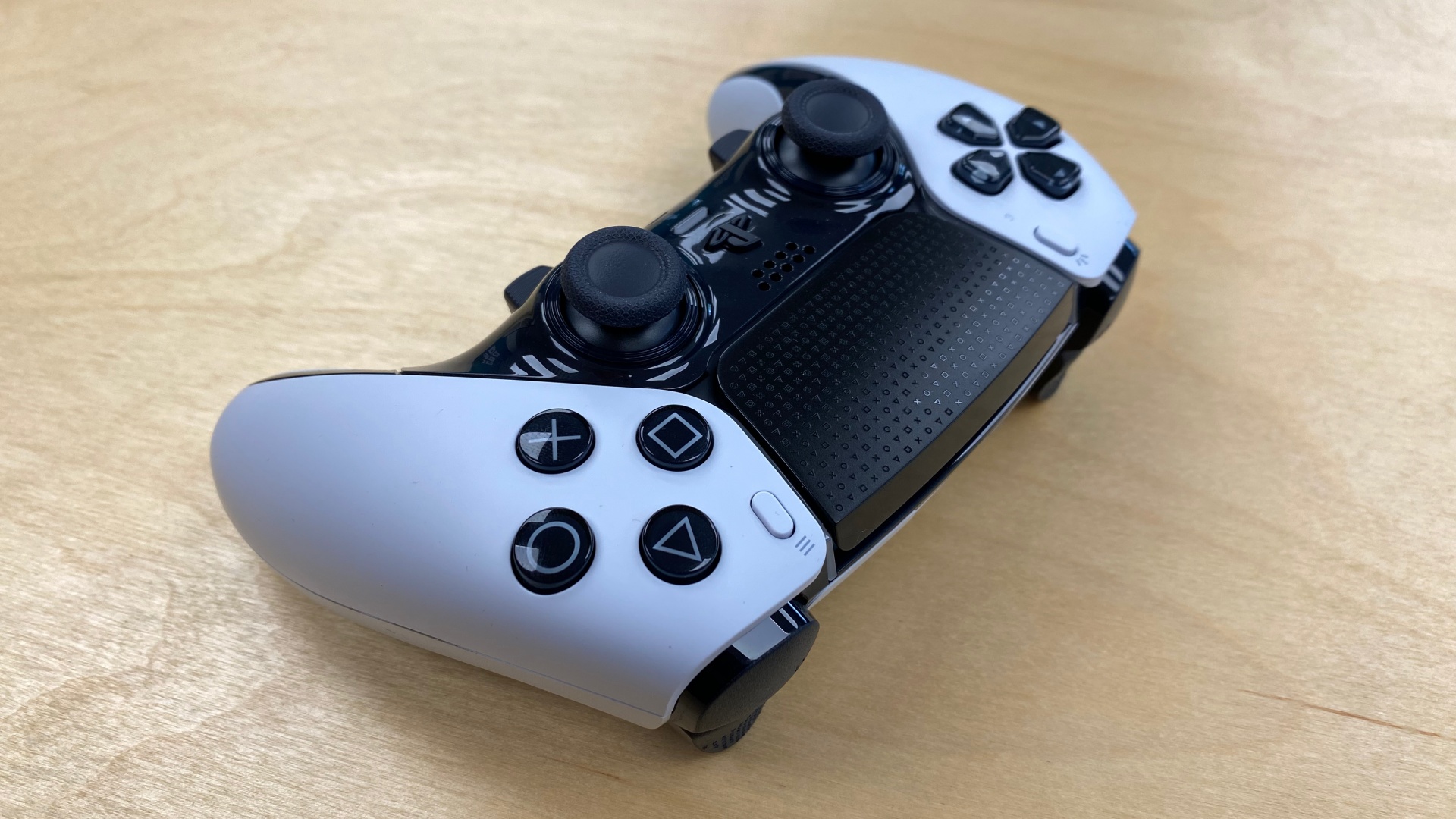When the PlayStation 5 console made its debut in late 2020, it did so with a new controller in tow – the DualSense.
While this new design still has some ways to go before besting its iconic DualShock predecessor, the DualSense has yielded a solid experience, especially on PlayStation-exclusive titles that make the most of its new features. The same goes for first-person shooters, as newer titles often deliver a different feel, vibration, and feedback depending on what weapon is being used.
Now there is a new iteration to consider in the form of the DualSense Edge. It is for all intents and purposes, PlayStation’s answer to the Elite Wireless controller that Xbox players have enjoyed for many years now.
The Microsoft-specific option is a significant upgrade to the regular model of Xbox controller, but can the DualSense Edge make the same claim? We take a closer look at this pricey (R4 399 RRP) to see if it is indeed worth upgrading too.
Hey big spender
Any time the “pro” model controller is three times the asking price of the regular model, eyebrows will be raised. This is namely to see what sets the new version apart from the old one. Here, at least in terms of looks, PlayStation has not done a lot.
That’s not to say there are no changes, but to the untrained eye, place the DualSense and Edge next to one another and it is difficult to discern which is which.
Yes, there are a few more black accents on the Edge, and yes it has a few more buttons you can spot, but the aesthetic of the original remains. As such, we would have liked PlayStation to take a leaf out of the Xbox book and make its pro model controller more unique or distinct.
Perhaps that will come with future versions, but for now, those wanting their Edge to look and feel different from the regular DualSense are out of luck.

That said, there are a few elements that make you think this peripheral is special. These include the white hard plastic carry case, which houses the controller, its longer braided USB charging cable, lockable connector housing, and the half dozen so buttons/switches you can swap out to set up the controller to your liking.
It is the ability to switch out thumb sticks that might immediately draw people to the Edge, especially as the regular DualSense we have on a long-term loan broke many months ago. The currently broken stick is useable, but it is not a part commonly replaceable in South Africa, at least as far as we have checked with local retailers.
This is a little disappointing too, given that spending a little over R4k to address a broken rubber thumb stick seems more than excessive.
We also would have liked to see more spares for different sized thumb sticks added to the mix too, as you’d run into the same problem as the regular DualSense should one of those break.
Sticking with the feel, the Edge has a little more weight to it. This is understandable given there are more components at work here, but the heft does make you feel like you’re holding something substantial.
That’s where things end though, as the Edge is in no real way faster, more responsive, or more comfortable than its predecessor.

Lacking the juice
We now get to the Edge’s biggest issue – battery life. PlayStation has claimed that a fully charged Edge controller can last anywhere between five to 10 hours. Taking the fact that the window of use runs rather wide out of the equation, we simply never reached those numbers.
At best, we got about four hours of use before a low battery notification popped up on screen, and then 15 minutes later, the controller disconnected. As such, you’ll need to plug it in to charge every night in order to ensure you can play regularly.
It also likely means you’ll need to pick up a charging dock from PlayStation too, as the risk run by leaving your PS5 console on Rest Mode given loadshedding in SA is too high.
This is also in contrast to the regular model, which claims about 15 hours of use and actually reaches that figure with regularity.

While we understand that this beefier, feature-rich version of the DualSense controller needs more juice, it should have a larger battery to balance out the gaming experience too. Add to that the fact that the Xbox Elite Wireless 2 can muster up to 40 hours of use (no headset paired) and Edge users might feel a little short-changed.
Where the Edge has not disappointed, however, is options. This includes the ability to map the action and direction buttons as desired, with the same going for the two function buttons up front, and the two back buttons, each with a pair of differently sized triggers.
We also like the ability to set how far back the haptic feedback triggers went. The three settings are easy to cycle through, and add a nice level of customisation depending on which game you’re playing. On FIFA 23 for example a pull press yields a better feel while your player sprints, compared to the shortest press on Hogwarts Legacy and the duels that take place in it.
There is a lot to like about the PlayStation DualSense Edge controller, but its steep asking price and lacklustre battery life means we’d rather hold out for a future iteration to see what it can serve up instead.

